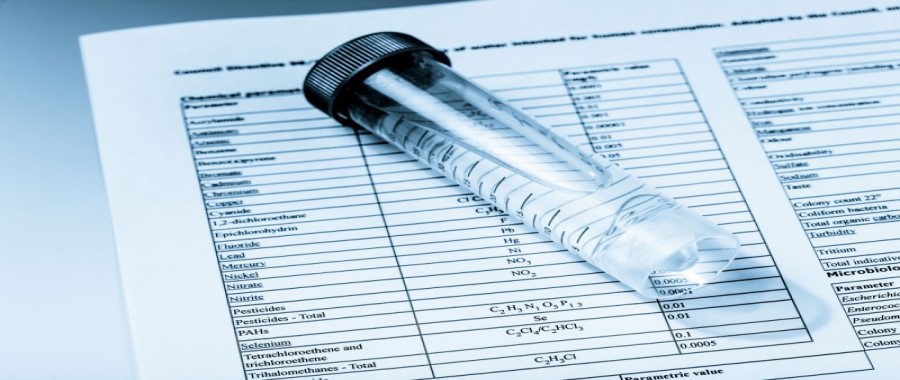
Nitrates in Water

Along with water contaminants like lead and arsenic, nitrates in water can be difficult to detect because they are generally odorless, tasteless, and colorless. This means the only way to know whether they are present in your water or not is to have it tested.
Nitrates are common contaminants of groundwater, especially in rural areas, as they find their way into water sources through fertilizers, septic systems, and manure storage.
Effects of nitrates in water
Populations most susceptible to elevated nitrate levels in water are infants, since their bodies are too small to effectively handle increases in the levels of nitrogen. In adults, in some cases excess nitrate consumption can lead to carcinogen creation in the body as the excess nitrogen interacts negatively with normal body chemistry.
Is my water at risk?
Due to the widespread nature of some levels of dissolved nitrates in water, municipal sources are generally tested regularly and if elevated levels are found, steps are taken to identify the potential sources of elevated nitrogen. While some levels of nitrates in water are naturally occurring and normal, problems can arise when human activities cause normal levels to exceed what can naturally be moderated by our bodies.
Those relying on well water have a potentially higher risk for nitrates in their water, and should have their water tested regularly to rule out any contamination. The EPA drinking water limit for nitrates in water is 10 mg/L, levels any higher than that should be treated.
What are nitrates?
Nitrates are naturally occurring ions present in organic matter and water. Our ecosystem depends on nitrogen to operate, so nitrates are widespread and common. The problems arise when human activity creates imbalances in the normal levels of nitrates in water.
Nitrates are also commonly used to cure meats, and can often be found in packaged and prepared foods, however these levels are often minimal and generally do not contribute to problems experienced by nitrates in water.
